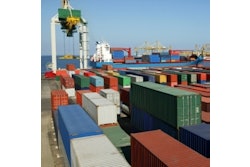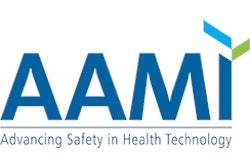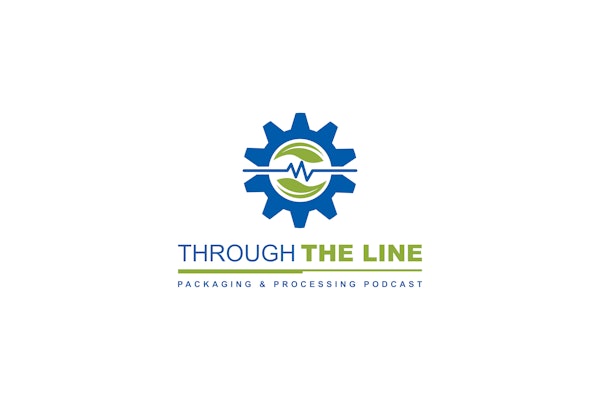Quick hits:
- Colgate-Palmolive is using an IIoT architecture to lower energy use on packaging lines.
- Biggest areas of wasted energy in the factory comes from steam, compressed air, and electromechanical systems.
- Instrumentation and power monitoring tools can provide a baseline for energy usage.
- New manufacturing applications use data collected to provide the best set of conditions that will use the least amount of energy.
- Air Flow Monitoring Supports Colgate-Palmolive’s Sustainability Initiatives
- Feature Article: The Green Machine
- unPacked Podcast: Tetra Pak & Compass Group USA Share More Sustainability Secrets
 | Read the transcript below: |
Welcome to Take Five with OEM. I’m Stephanie Neil and I’m here today to talk about one of the big issues impacting every aspect of manufacturing these days, and that’s sustainability. There are many parts to this problem depending on what angle you are looking at. For example, in packaging, the focus is often on the environmentally-friendly materials being used. But for most corporations, the eye is on decarbonization to lower the amount of greenhouse gas emissions.
According to a Capgemini report on sustainable operations, of the 960 executives surveyed, by the year 2040, 91% aim to achieve 100% renewable electricity, and 87% plan to be carbon neutral.
In general, to lower gas emissions, you have to decrease CO2 output per unit of electricity generated. So, really, designing more energy-efficient equipment for the factory floor is a top priority. And machine builders need to think about ways to monitor and manage energy consumption to help manufacturers on their sustainability journey.
Many companies are well on their way to net zero carbon emissions. Like, Colgate-Palmolive, which, this past September announced one step it’s taking to reduce wasted energy in its packaging facilities. It’s using Emerson’s smart flow pneumatic sensors and an IoT-enabled architecture to monitor compressed air flow in real time to identify leaks and optimize pneumatic processes. Using this data, Colgate has seen about a 15% reduction in energy usage on several packaging lines.
In another example, Schneider Electric has transformed its 60-year old brownfield facility in Lexington, Kentucky, which makes safety switches and circuit breakers, into a highly efficient energy consuming factory. It’s done this using IoT, power meters, and predictive analytics to reduce energy use by 26%, net CO2 by 30%, and water use by 20%.
Of course, this is a multifaceted strategy that doesn’t happen overnight. But there are a few tools and technologies available that can help you start down this road.
According to industry experts, the biggest areas of wasted energy come from steam, compressed air, and electromechanical systems. The good news is, there are plenty of tools available to help measure this. We just talked about Emerson’s pneumatic sensors and Schneider Electric’s power meters.
In addition, Endress + Hauser makes field instruments to measure and monitor the flow, level, pressure, and temperature of liquids. According to Endress + Hauser: “These instruments are the eyes and ears into the process and are important to sustainability efforts because they can generate baselines that can be monitored, measured, and reported on to see trends.”
For electrical measurement, Fluke Corporation has power quality and energy analyzers for measuring and troubleshooting. The goal here is to map the energy use of equipment and processes. By power logging each major system and mapping the cost against utility bills, companies can determine when power usage peaks and use that information to rebalance loads. And this, again, provides an important baseline for overall improvement.
Other tools, like historians and analytics can help provide context for energy use. And, there are new tools emerging that focus on usage as it relates to overall asset efficiency.
For example, Sight Machine is a platform that converts unstructured plant data into a standardized foundation. From that, a feature they call "cookbooks” contain a “product recipe,” so to speak. The cookbooks look through historical data and based on conditions such as humidity or raw materials, will provide the best set of running conditions using the least amount of energy or water, for example.
I’ve touched on just a few examples of the tools available to understand and optimize energy usage. But we will continue to provide you with more information on this topic, which is so important.
That’s it for today’s edition of Take Five with OEM. Thanks for joining me. And I’ll see you next time.






















